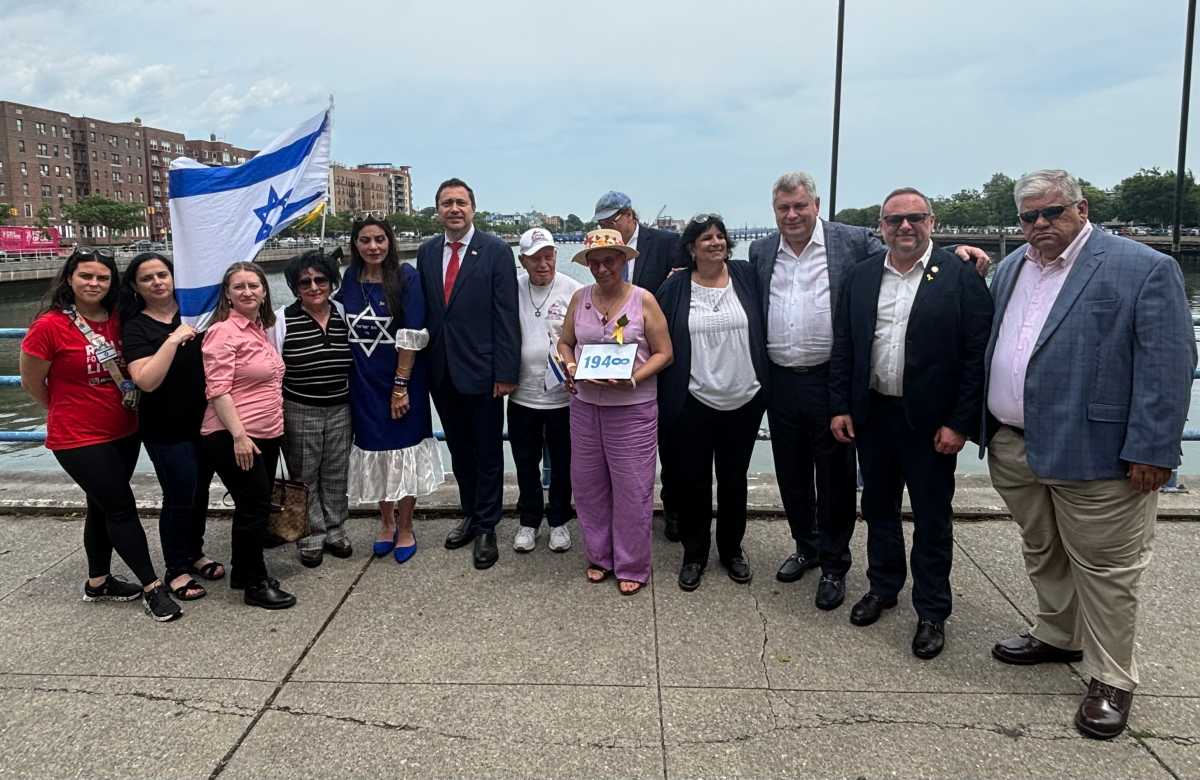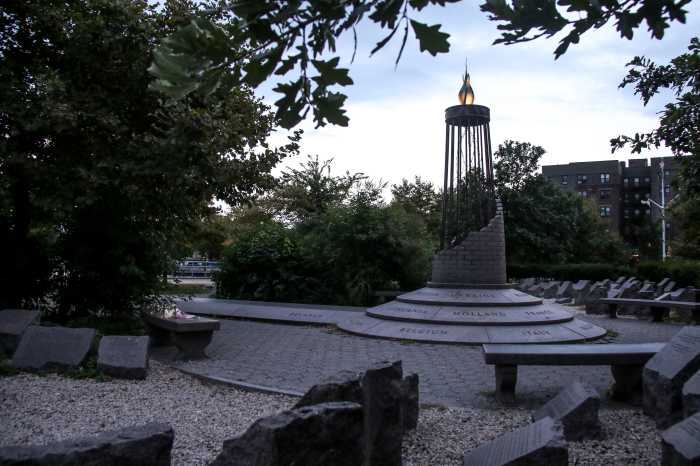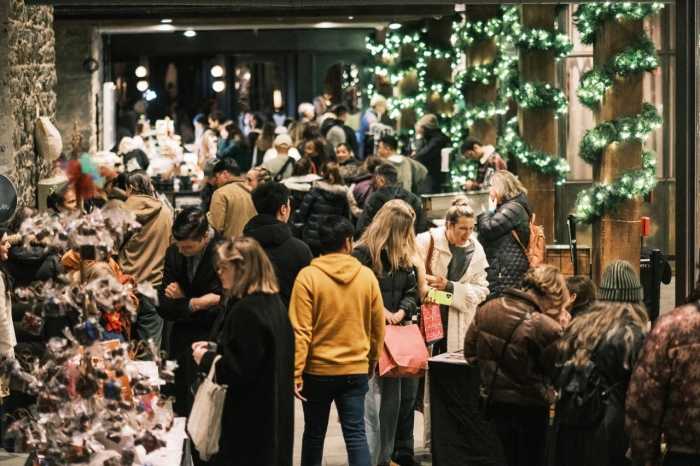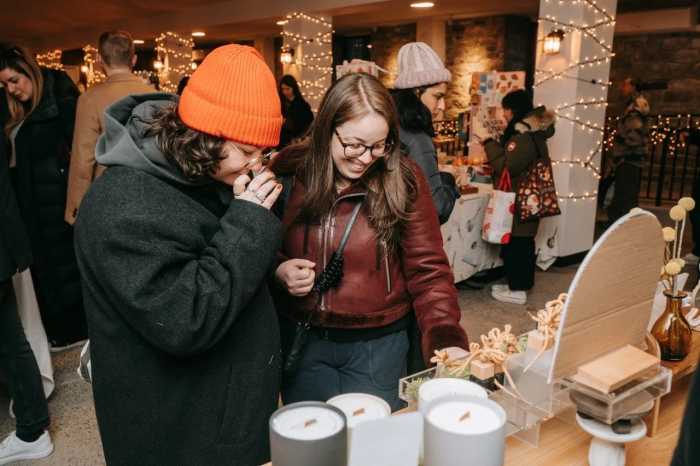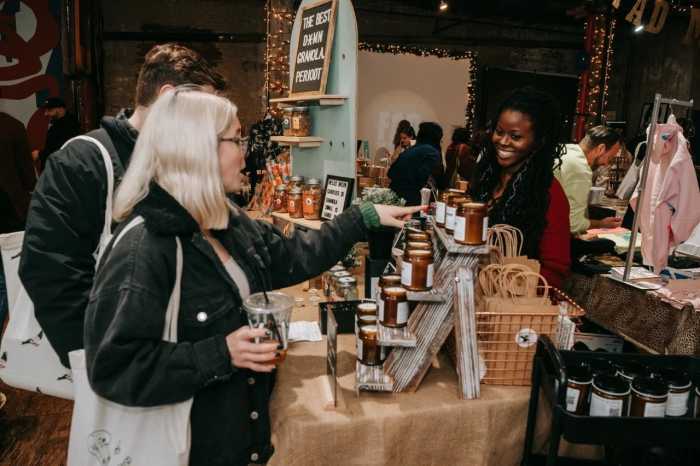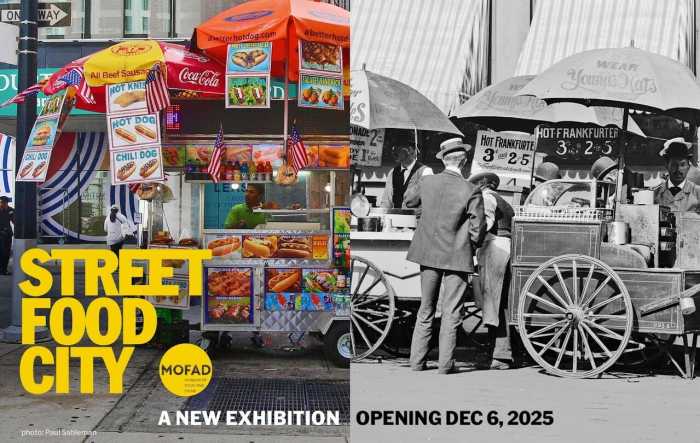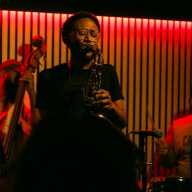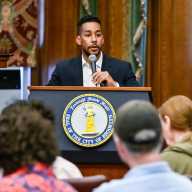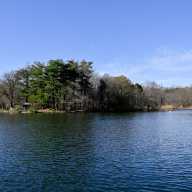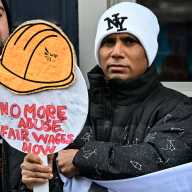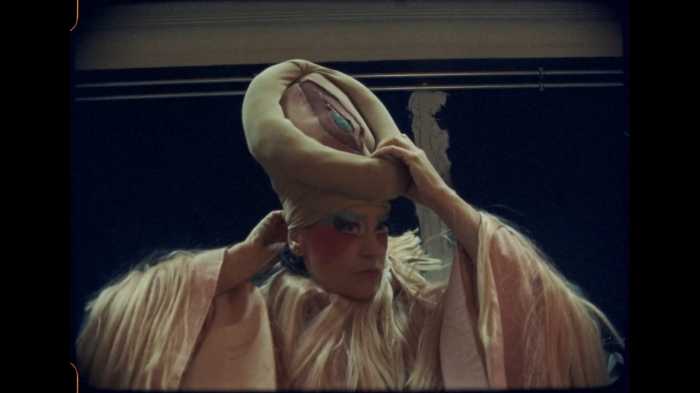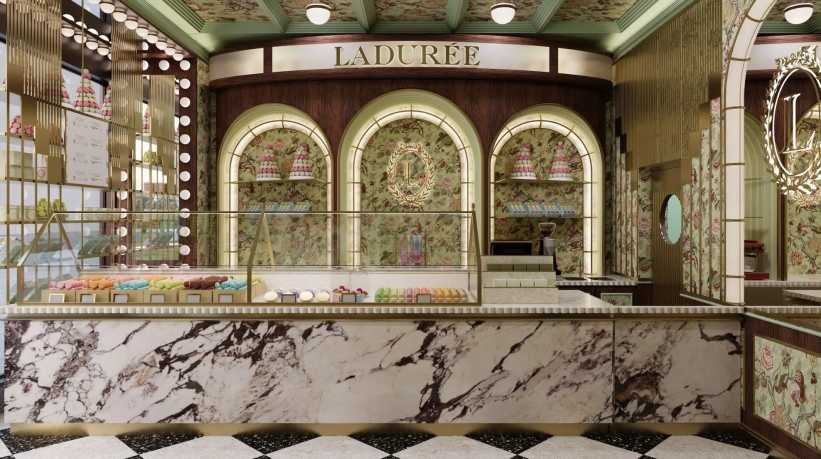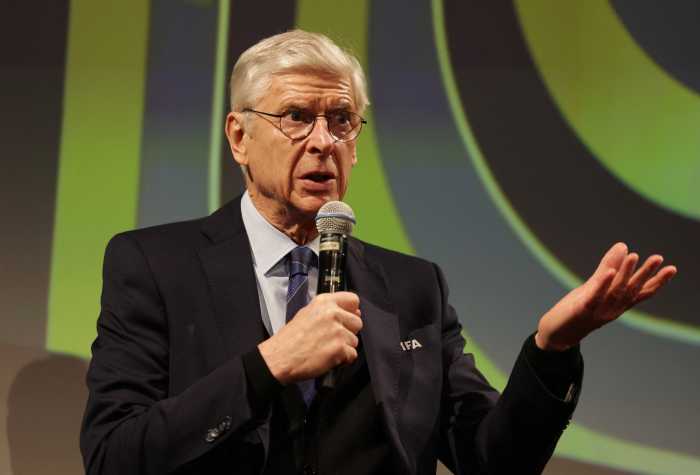On Sunday, June 22, the sun bore down over the granite tablets of Holocaust Memorial Park in Sheepshead Bay as community members, survivors and public officials gathered for the 40th Annual Holocaust Memorial Gathering, commemorating 80 years since the liberation of the Nazi concentration camps.
Hosted by the Holocaust Memorial Committee, the solemn gathering was not only an act of remembrance — it was a rallying cry. With antisemitism once again on the rise in New York City, the refrain “never again” carried new weight and fierce urgency.
The ceremony began with a stirring invocation by Rabbi Baruch Binyamin Melman, who reminded the crowd, “In the camps, we were acted upon. Today, with Israel and its defenders, we act. Am Yisroel Chai.”
The audience included a cross-section of civic leadership: Council Member Inna Vernikov; Assembly Members Alec Brook-Krasny and Michael Novakhov; Maria Markh, representing Assembly Member Kalman Yeger; Kings County GOP Chair Richie Barsamian; and Olga Fiore, representing Sen. Jessica Scarcella-Spanton’s office, among others.
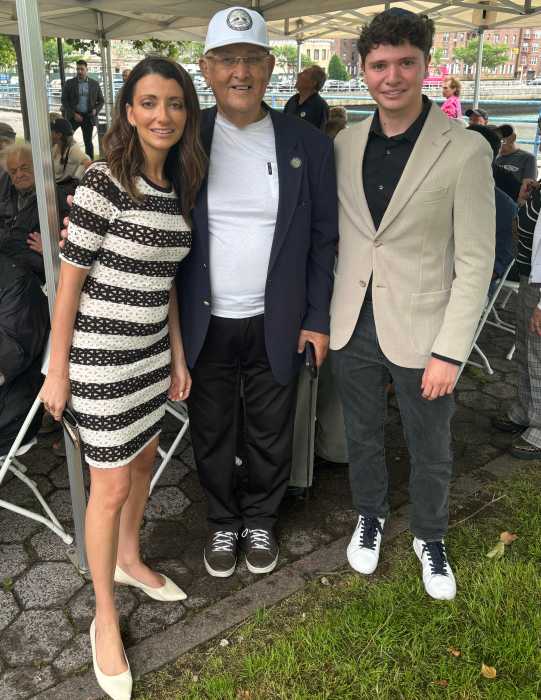
Vernikov, whose office funds the upkeep of the park, declared that honoring Holocaust memory means fighting antisemitism wherever it festers — from hospitals and universities to the streets. “We made sure a Hamas-supporting doctor was removed from Mount Sinai,” she said. “That’s how we honor the victims — we act.”
Chief Richie Taylor of the NYPD Community Affairs Bureau gave a personal, emotional tribute to the late Yehuda Lindenblatt, a Holocaust survivor and Manhattan Beach resident who devoted his life to educating youth and saving lives as a longtime Hatzalah volunteer.
“He was six years old when a Nazi pointed a gun at him. He told me it could happen again — and that was in 1994,” Taylor recalled. “We must be the light in the darkness.”
A moment of gratitude and remembrance was shared for Alfred Gollomp, the last surviving founding member of the Holocaust Memorial Committee. Now 91, Gallump’s presence marked a living connection to the visionaries who established the park.
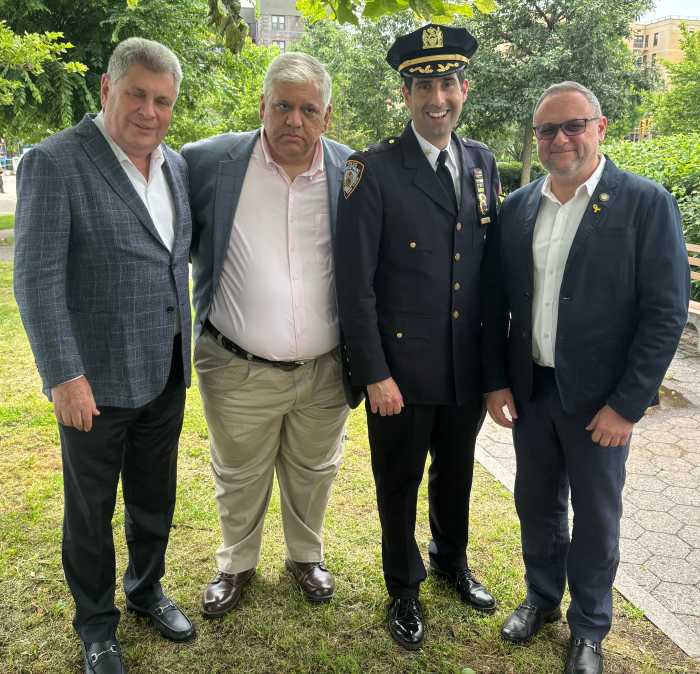
One of the most deeply moving speakers was Mitya Bykov, a Holocaust survivor and community leader. Bykov, who survived the Bogdanovka extermination camp in Transnistria — one of the most brutal killing sites in the Nikolaev region, beginning in September 1941 — spoke in Russian and English with trembling resolve.
“We were taken. Stripped. Shot. Buried. But we live to tell,” he said. “Our monument in Ukraine was just destroyed — but memory cannot be killed.”
Bykov now serves as chair of the Holocaust Remembrance Association and is a pillar of remembrance efforts throughout New York. His presence was a reminder that history’s witnesses still walk among us, but not for much longer.
Also in attendance were Council Member Ari Kagan, as well as Bella Gubenko, president of the Association of East-European Jewry and her daughter, Lana Gubenko, who have helped organize countless forums, seminars and commemorations at the park and beyond. Their organization has made Holocaust remembrance a year-round, active mission rooted in both Jewish continuity and public awareness.
Among the honorees and speakers were William Zimmerman, whose parents survived Bergen-Belsen and Buchenwald; Professor Dr. Micha Tomkiewicz, a survivor of the Warsaw Ghetto and Bergen-Belsen, who vowed to add a memorial stone in honor of the Christian woman who saved his life; and Sami Steigman, who brought tears to many eyes when he received a hand-crafted replica of his “#NoFear” hat from activist Stephanie Neta Benshimol.
“This is not a replacement,” she told him, “but a symbol of strength, of love, and continuity.”
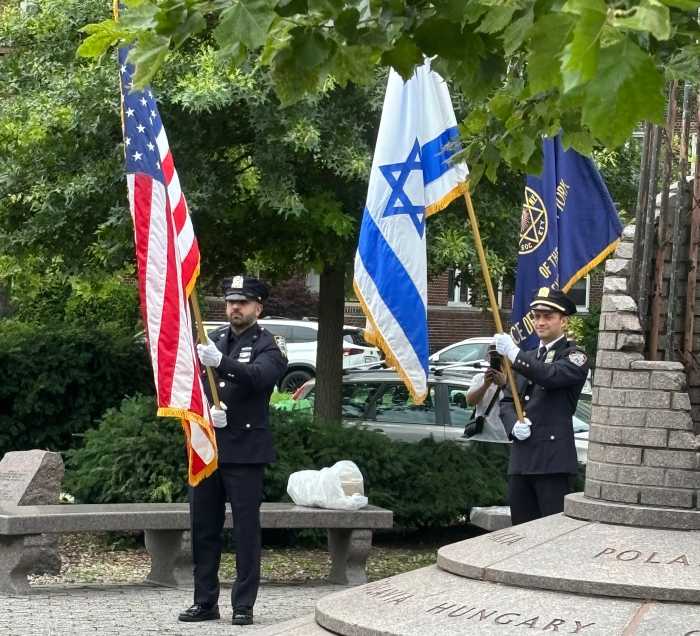
The program also included remarks from Ari Franco, representing Mayor Eric Adams, who recalled the mayor’s menorah lighting with Yehuda Lindenblatt last Hanukkah and his deep bond with survivors.
As candles were lit and prayers sung, the lessons of the past were transformed into a solemn call to action. Barry Lituchy and Vivian Singer, leaders of the Holocaust Memorial Committee, reminded the crowd that the park itself is an open-air museum — unique in the United States — and a sacred space where memory becomes legacy.


